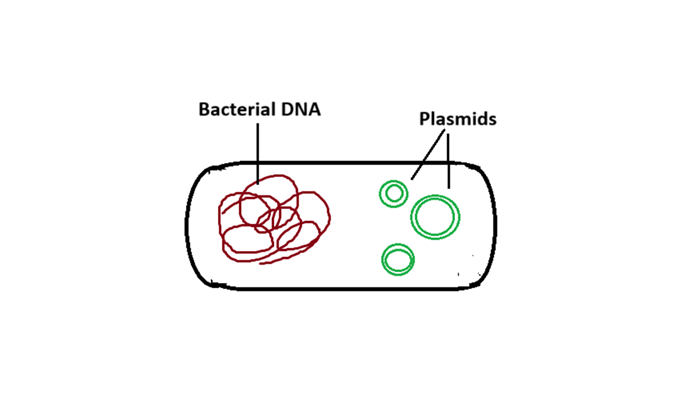What are Plasmids
Plasmids are the extra-chromosomal, self-replicating, double stranded circular DNA molecules found in bacteria, archaea and some eukaryotes. They are of interest in biotechnology because they carry some useful genes involved in secondary metabolism, antibiotic resistance, and bioremediation. While bacterial chromosomes are large, extrachromosomal DNAs are very small in size.

What if plasmids are removed from a bacterial cell?
If extrachromosomal DNAs are removed, it will not cause the death of the bacterial cell. However, it is important to note that extrachromosomal DNAs contain certain advantageous traits or functions. Without extrachromosomal DNA, the cell might lose those functions. One function of extrachromosomal DNAs is that they responsible for providing resistance to antibiotics. Without extrachromosomal DNA, the bacterial cell may become susceptible to antibiotics. Another function is the virulence factor. Some extrachromosomal DNAs help bacterial cells infect host organisms by producing certain toxins. Removing extrachromosomal DNA would reduce the ability to cause disease. Additionally, extrachromosomal DNAs provide other advantages, such as metabolic capabilities, genetic flexibility, and survival in certain environments.
Difference between plasmids and cloning vectors
A cloning vector is a tiny piece of DNA that has the capability to survive when transferred into an organism. A cloning vector can integrate itself with a foreign DNA fragment. The source of cloning vector DNA could be a virus, the cell of a higher organism, or the extrachromosomal DNA of a bacterium. It is important to understand that all plasmids can function as cloning vectors, but not all cloning vectors are plasmids. An example of a viral cloning vector is bacteriophage lambda, and an example of a bacterial cloning vector is pBR322.
